10 Things You Need To Know When Planning A SUP Expedition
- Written by Allie Beucler
- Published in Journeys
- Comments::DISQUS_COMMENTS
 Gabriel explores the Dead Lakes and what's left during his expedition down the Apalachicola River. | Photos Courtesy: Desirée Gardner
Gabriel explores the Dead Lakes and what's left during his expedition down the Apalachicola River. | Photos Courtesy: Desirée Gardner
SAN DIEGO, California - So you want to plan a SUP expedition but don’t know where to begin? We caught up with three accomplished stand up paddle (SUP) expeditioners: Boardworks athlete Gabriel Gray, Starboard athlete Bart de Zwart and C4 Waterman’s Jared Munch, who have all gone on a number of SUP expeditions over the years and we asked them to share their experience and insights on what you need to know when planning a SUP expedition. So without further ado, here are 10 things you need to know when planning a SUP expedition:
1. Research, research, research!
Doing research before your trip is pivotal in having a successful trip, but also being properly prepared. You need to research the area in which you intend to explore, taking the landscape and weather into account as well as travel routes and areas to avoid. “Anyone with internet can learn a lot about their expedition route” says SUP expeditioner Jared Munch, who was the first person to circumnavigate Lake Superior on a SUP. “Using Google Earth and Bing Maps, satellite imagery can be studied to find sand beaches that offer good camping/crash landings. Mark every promising camp site on your map and carry it with you. Use mapping software to trace your entire route and indicate mileage between camp sites. It's a ton of effort to make a good map, but it makes your trip a lot smoother once you hit the water.”
Knowing the weather before and during your trip is also key when planning your expedition. “With your research you should have already figured out a good time of the year to depart on your expedition, but weather is very very important for any expedition especially if you are in the higher latitudes” says Bart de Zwart, expedition paddling extraordinaire. Bart continues, “for multiple day expeditions, I try to get weather updates, either through phone, or through satellite message systems.”
 Jared Munch explores the beauty of Lake Superior. | Photo Courtesy: Jared Munch
Jared Munch explores the beauty of Lake Superior. | Photo Courtesy: Jared Munch
2. Never jeopardize your safety.
The saying “safety first” is a saying for a reason. Your safety and the safety of others on your SUP expeditions should be a top priority. Having safety gear such as leashes, PFD’s, first aid kits, etc. are all necessary items to ensure your safety when on the water.
“Leashes are one of the single most important points” says Bart de Zwart. “Your board is your safety and you can never be separated from it whatever happens. Night or day, storm or calm. I always wear a leash, on open ocean crossings, sometimes even two leashes. In very bad weather I even have a rope connected to my body during extreme weather at open sea. (This because my board with gear is quite heavy, and leashes can break in this case.) Another important item I bring is an emergency kit. I always have an emergency kit with me, apart from the usual bandage stuff, I bring very strong pain killers and 2 antibiotics (one for below the stomach and one for above the stomach) just in case.”
Gabriel Gray, who won the 2015 Supconnect Journey of the Year for his expedition down the South Fork Flathead River in Montana adds, “Anytime you go on the water or on a camping trip you should know how to read the weather, water and have a good safety plan aka “Float Plan” and leave it with family and friends. Have the proper safety gear and know how to and be proficient in using it. If you’re camping on a river or along the ocean camp off the water’s edge. Always paddle with a buddy especially when doing overnight trips.”
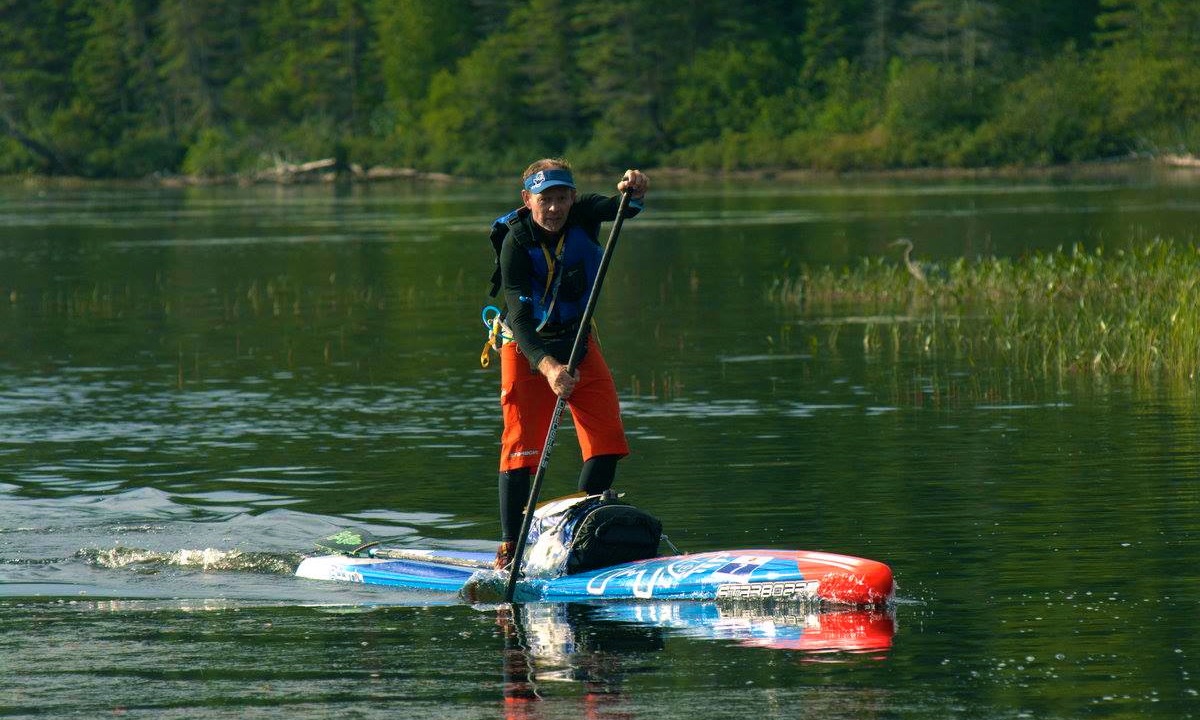 Bart de Zwart's Rock Lake crossing during his 2-day expedition down the Muskoka River. | Photo: Randy Mitson
Bart de Zwart's Rock Lake crossing during his 2-day expedition down the Muskoka River. | Photo: Randy Mitson
3. Take the necessary gear for your trip.
Without your gear you wouldn’t be doing your expedition, so making sure your gear is fitted properly for your trip is extremely important. Aside from making sure you have the right board (correct size and materials for the conditions/areas you will be paddling) it’s important that your board has front and back deck plugs for gear placement and correct weight distribution. “You should have a board big enough and with enough volume to carry your gear and yourself effectively” notes Gabriel Gray.
Some other items that are helpful to bring are tools. Tools for cooking, tools for fixing, tools for safety, you name it. Bart de Zwart expands upon this saying, “I always bring a set of small tools with me so you can do your own repairs, even on the water. Duct tape rolled around a pencil, a metal saw blade, epoxy stick, matches, tie rips, rope, carabiners, compass and GPS are standard with my expeditions; I have 2 of each. Safety rope around your board, a rope going on both sides from the bow to the tail of the board, is also important as well as helpful. First of all, it is a grab line if you fall off the board under any circumstance. Second, I use this to attach all my bags to the board. Every bag has its own small safety line attached to this rope. On Crossings I have 6 bags, and for instance, if I flip the board in the middle of the night I know I won’t loose anything.
It’s also important to bring extra clothing. “Bring enough and also enough to change if you get wet and night comes” adds Bart de Zwart. “The biggest mistake I made during the five day Hawaiian Crossing is think a winter wetsuit would be warm enough during the night if you are not moving. Now I use a drysuit in two pieces which is easy to get on and off on a 14 foot board. Where warm clothing is important in colder climates, sun protection is important in warmer climates. Protect yourself from the sun with a good head and long arm lycra. And use a good sun cream.”
 |
 |
The gear you bring on your expedition is crucial to keeping you safe and getting you to your final destination safely. | Photos via: Jared Munch and Bart de Zwart.
Click HERE to see more SUP Tips
4. Know the difference of solo expedition vs. non-solo.
Paddling with others versus paddling alone can make the world of difference when planning your expedition. “Your entire decision making matrix needs to be altered for paddling solo during an expedition” says Jared Munch. “The biggest reason for this is that if you mess up, only you can save yourself. If you are on an expedition, chances are that you are mentally and physically fatigued. This comes into play when paddling past sunset. Paddling under the stars is no big deal when you have your best friend watching your back, but being on the verge of passing out with little visibility and nobody to help you is a huge problem. Paddle during the day, and nights only when you need to for calm weather, after sleeping throughout the day.”
 Boardworks team riders Gabriel Gray and Jessica Cichra begin their adventure down the Apalachicola River. | Photo: Desirée Gardner
Boardworks team riders Gabriel Gray and Jessica Cichra begin their adventure down the Apalachicola River. | Photo: Desirée Gardner
5. Know how big is too big.
Many expeditions take place in the open ocean or along the coastlines where swells and waves are a big factor to take into consideration. Paddling in waves can be a huge hinderance on your schedule if not properly prepared for or avoided. “Paddling in waves is awesome” expresses Jared Munch. “It turns the mind numbing routine of a flat water expedition into a thrill for the day. That is, until you realize that you need to get your 14 foot board with 80lbs of gear safely onto a coarse gravel beach in a pounding shore break with heavy long shore current. That board with gear is a beast to manage, and it can easily hurt you if you aren't careful. This goes right back to paddling solo vs. with a buddy. If you break your board or body in the middle of nowhere with nobody around to help you, your trip has taken a sour turn south. This also goes right back to knowing your route. Maybe you are paddling solo, but you know that there is a big protected bay with a nice sand beach for easy landing up ahead.”
That being said, if you’re planning on paddling where swells and waves have the potential to alter your plans, know what you (and your gear) can and can’t handle and know when to pull the plug and take a break until conditions improve.
 |
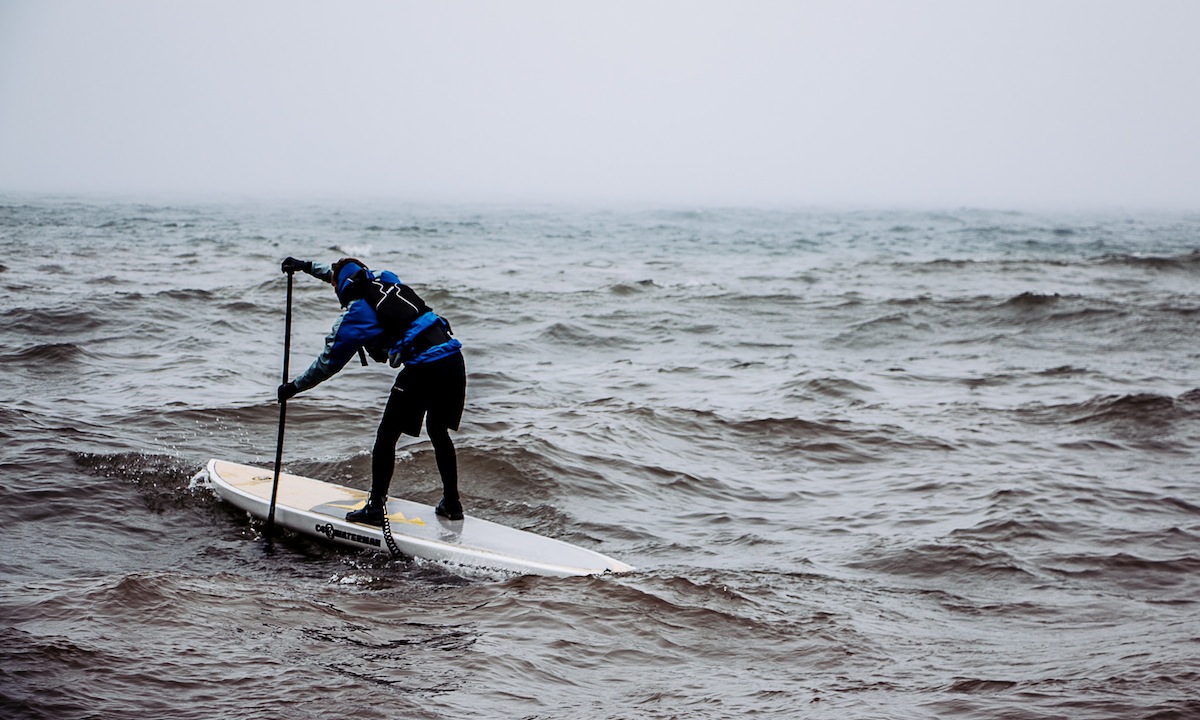 |
It wasn't all easy paddling on Munch's 46-day expedition around Lake Superior. | Photo Courtesy: Jared Munch
6. Share your plan.
Never go on an expedition (or even on a short paddle) without letting someone know your plans. In the chance that something goes wrong (which unfortunately happens more often than you think) someone will know where you are and how to find you. With technology nowadays, there are plenty of ways to let people know your location. Whether it be a cell phone (if you have coverage where you’re going) or a tracking device which can be followed via satellite and then through the internet like an EPIRB (Emergency Position Indicating Radio Beacon), which is an emergency beacon that will send an emergency signal with GPS positioning, should you press the panic button. Bart de Zwart always has an EPIRB on hand during is expeditions but he says you only need to use it in case of emergency. Either way, it’s a good idea to have your friends and/or family know your plan and whereabouts and what to do in case things don’t go according to plan.

7. Have an exit strategy.
Expanding on the chance that things go wrong and your expedition isn’t going according to plan, it’s always a good idea to have an exit strategy, meaning a backup plan for you to safely end your trip and get you to where you need to go safely. The best way to form this exit strategy is to think about what can go wrong and what you would do in that situation. Think of every scenario that you can possibly imagine happening and plan your exit strategy around what you should do in each particular situation. Bart de Zwart also mentions that you should think of other places and areas where you might end up and how you can get safely out of that situation. This all goes back to the research and planning stages of your trip and making sure you are very familiar with your route and knowing places to avoid and places that are safe for you to be.
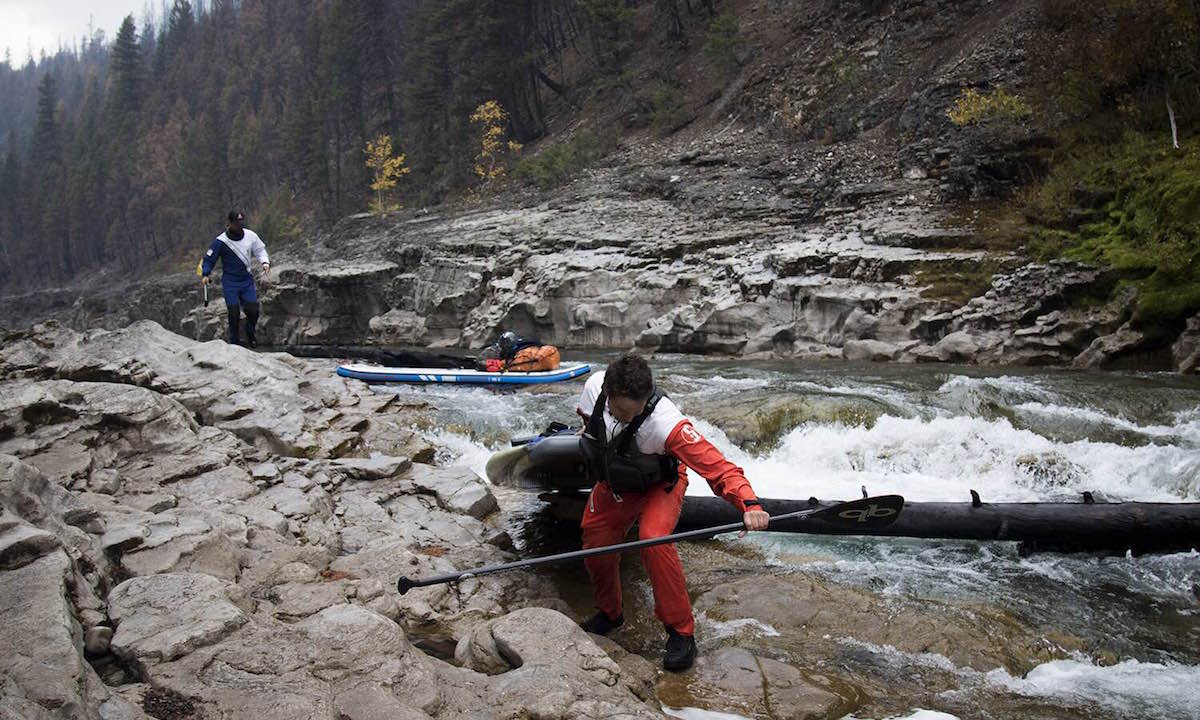
8. Prepare food and water.
This is an obvious but very important part of preparing for your expedition. Food and water are items that are heavy and take up a lot of your limited cargo space so planning ahead and making sure you have enough food for every day that you’re away is imperative. Depending on where you’re paddling it’s possible that you can get away with bringing a water filter (which saves a ton of space and weight on your board) but if you’re on the ocean, bringing water might be a better option. “Bring more water than you think you will need if you go open sea or off the grid” suggests Bart de Zwart. Bart continues, “Especially at sea you cannot find drinking water so bring more than you think you will need, in multiple containers which are all connected to the grab line. Same with food, bring enough food and a good variety.”
Gabriel Gray adds to this recommending that you create and make a meal plan for each day of your trip and carry the proper water filtration. He says, “remember paddling 10+ miles a day equals a lot of calories being burned…there are a lot of articles on camping meal plans on the web and for water filtration I always carry a virus filter which eliminates all bacteria, if it’s really bad water I’ll also boil it.”
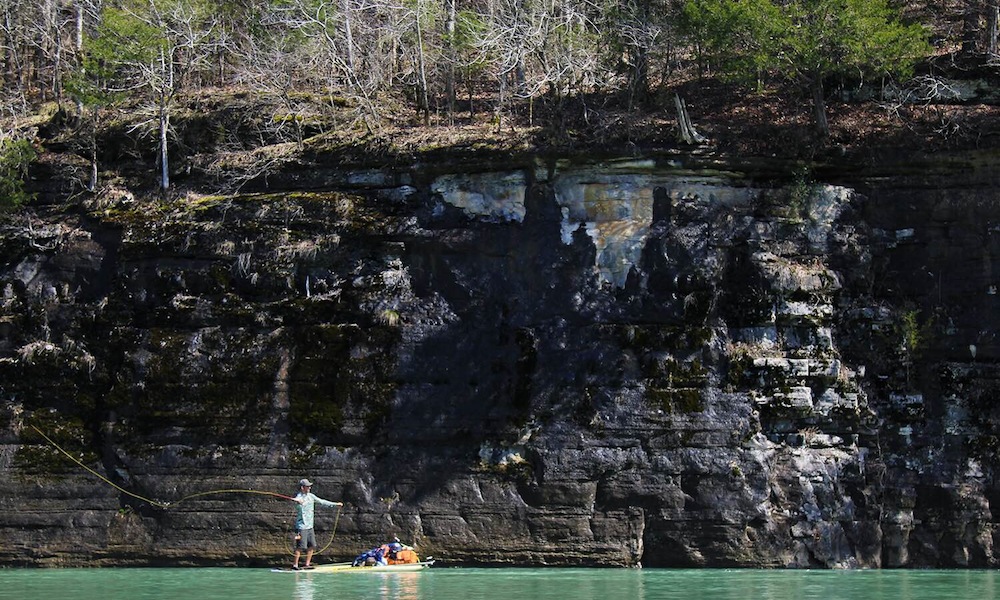
Click HERE to read about SUP Expeditions
9. Talk to locals.
Unless you’re paddling completely off the grid and paddling in places where no one is around, chances are you will come across locals in the area who likely have knowledge of the area and will give you a tip or two on where to go, places to avoid, etc. “Talk to locals when you see them” advises Jared Munch. “Chances are, the locals are going to be really stoked on what you're doing and will want to help you. Ask if they know of any good camping locations or places to avoid. If you're nice to them, they might even give you a bed in their home or get you a real meal to replace that dehydrated rice and chicken that you have been living off of the past week.”
Locals can be a huge asset to you when you’re on your expedition so in the chance that you see a friendly face, don’t shy away from saying hello, or even asking for a bit of help.
 |
 |
During his World SUP Excursion, Bart de Zwart frequently interacted with the locals in the areas he visited. | Photos: Franz Orsi
10. Do a test run.
When planning your SUP expedition, it’s always a great idea to do trial runs with your gear to make sure the logistics of your planning go accordingly. Test runs are extremely important in helping you figure out what you really need, what you can leave behind, whether or not you’re bringing too much, if you have spare space on your SUP to carry more, you get the picture. Test runs also allow you to test out your gear like your water filtration and GPS systems to make sure they are in working order before you leave allowing you time to fix any problems that arise.
“I highly recommend test fitting your board beforehand in your back yard” says Gabriel Gray. “I know a lot of people think this is unnecessary but it’s better to know beforehand instead of at the launch site. When test fitting your board think about weight distribution; it’s similar to packing your backpack -- you don’t want to be top heavy. Pack your board with equal weight in the front and rear as best as possible for waterways with no whitewater, but if you know there will be whitewater I like to pack my gear in the front.”
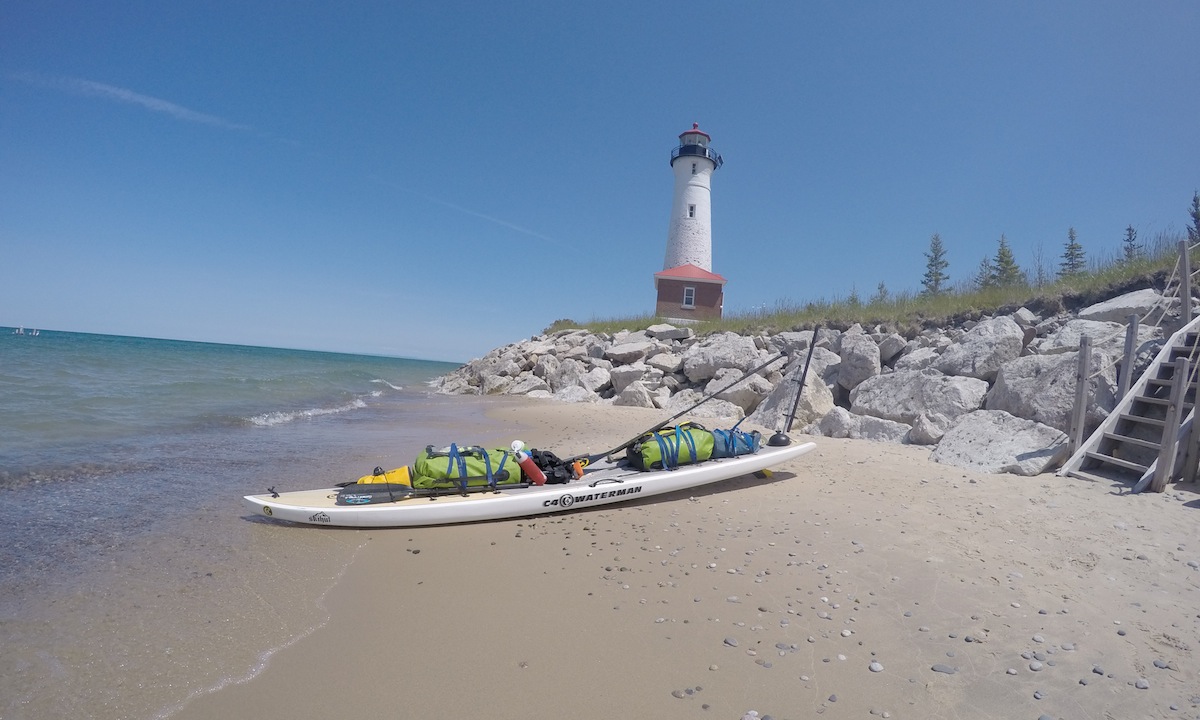
Remember, planning a SUP expedition takes a lot of time and effort so make sure that you are not only physically ready for your trip but mentally ready as well. To see more tips from stand up paddle experts take a look at our Tips Page HERE.
Do you have a tip for planning SUP expeditions that was not listed above? Share it with us in the comments below!
© Supconnect.com Copyrighted Exclusive Content

Allie Beucler
Allie Beucler is orginally from Kona, Big Island and, as an islander, her life has been in the water – ocean more precisely. She has been a sponsored competitive surfer, represented the NSSA College National Champions while surfing for San Diego State University, and today remains deeply connected to the watersports lifestyle. Brown is both a shortboarder and a paddleboarder, loving to take out her inflatable SUP for a ride. With a journalism degree from San Diego State University and her passion for the water life, she brings an excellent combination of skill and passion to Supconnect.
Email This email address is being protected from spambots. You need JavaScript enabled to view it.